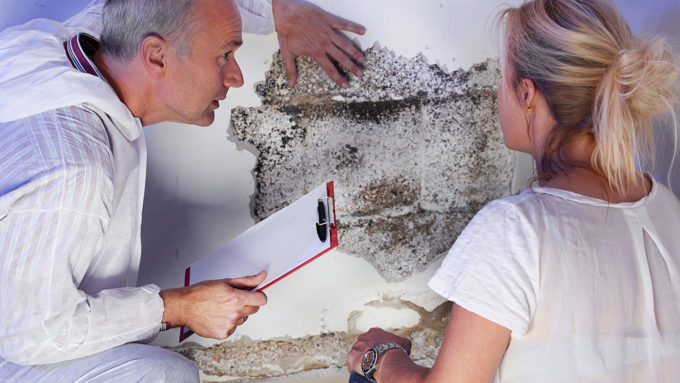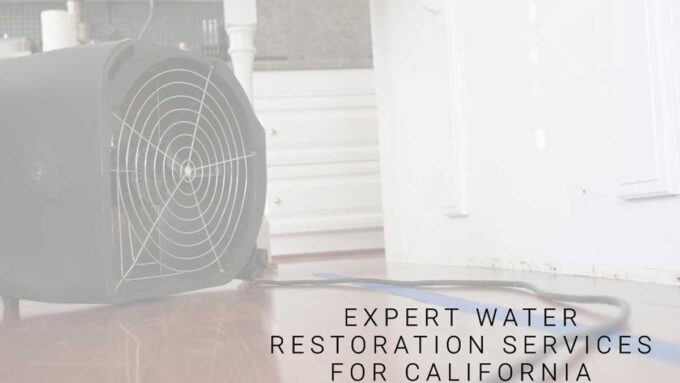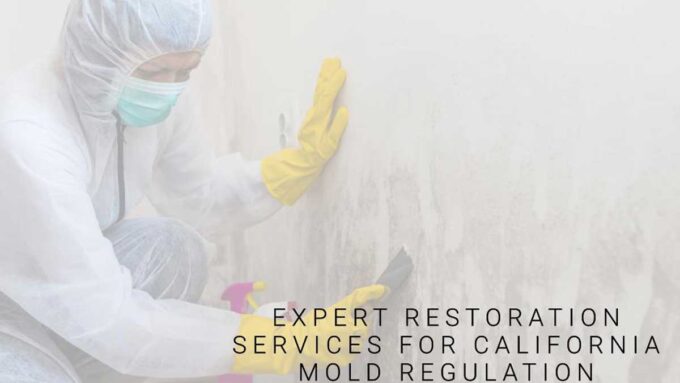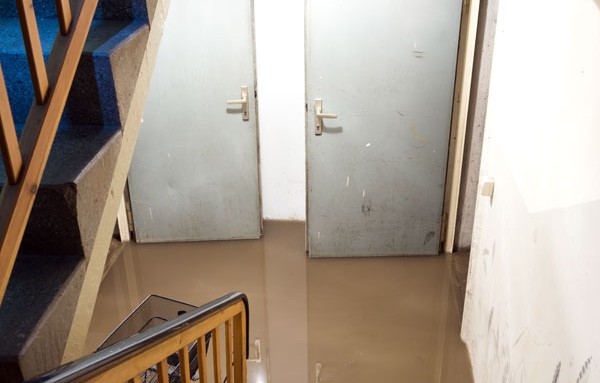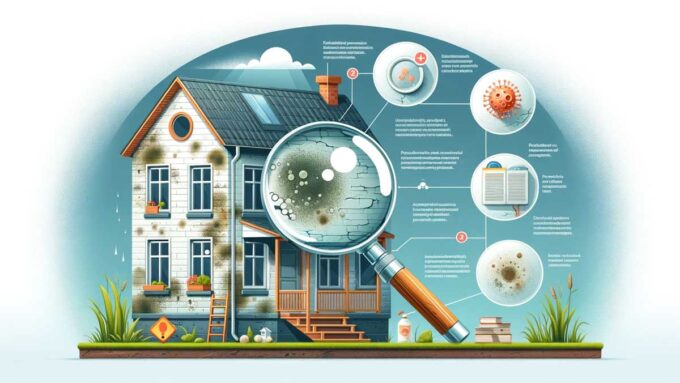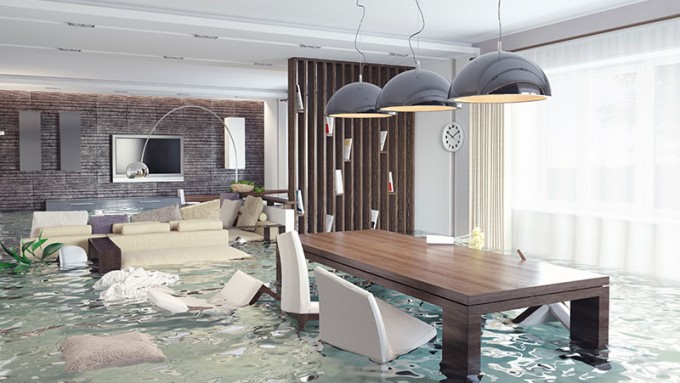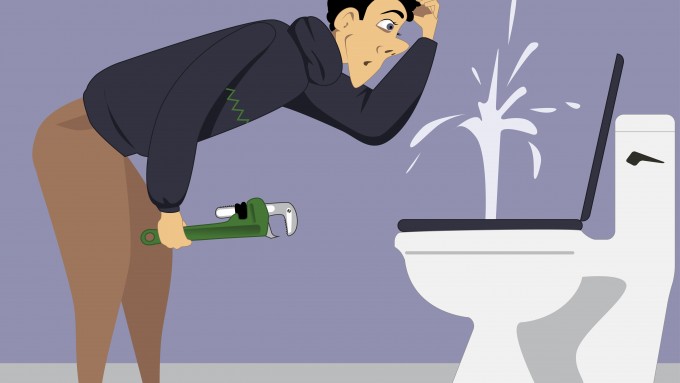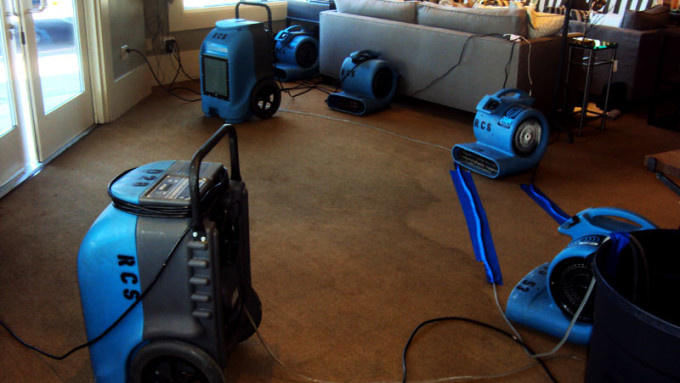Mold in the home can happen for a number of reasons and the effects can be not only costly, but downright dangerous to your health. Whether it be from a busted pipe, flooding, or excess moisture for whatever reason, mold can quickly develop if left unattended and can wreak havoc in your home.
One afternoon, you open your water bill and notice it has significantly risen but are not sure why. Since you are aware of the signs of a water leak, you decide to check your water meter and observe that the meter is moving despite the water being turned off. This cannot be good. You go into the bathroom, laundry room, and kitchen searching for a clue; and then you see it. The culprit is looming in front of you on the wall like a dark shadow—a huge water stain in the kitchen from a leaky pipe.
You decide to buy a large floor fan and turn it on before leaving for work the next day–that should take care of it. The water stain seems to be dissipating slightly, but you leave the fan on for another day just in case. You go about your life as usual; however, in a few days you begin to smell something musty. Little do you know, mold has already begun to take form behind the wall.
This scenario may be one that you are familiar with. If mold in the home is suspected, deal with it immediately, as mold grows quickly and mold spores can travel through the air and grow on other surfaces. Unfortunately, people often do not know that a leak is happening or that mold or mildew is flourishing behind the scene until it is too late. According to FEMA, mold and mildew will develop within 24-48 hours of water exposure.
Here are the initial steps to take if you suspect mold in your home or business:
- Since mold spores can travel, it is best not to use a fan. Purchase a dehumidifier and place it in the same room as the water damage. HERE are some tips to effectively use your dehumidifier.
- Turn on the air-conditioner if it is even remotely warm or humid inside; you want the humidity to be under 60% in the area, which can be measured by using a hygrometer—think of it like a thermometer for humidity. These are inexpensive and can be purchased at any hardware store or online. HERE are also some ways in which you can measure humidity without a hygrometer.
- Remove any wet or porous materials from the infected room so that they will not become contaminated with mold as well.
- Call a mold removal specialist immediately while you are performing steps one through three, even if you only suspect mold—the sooner they come, the less costly the removal will be, and the sooner you can have your area back to a normal and healthy space.
Even though leaks can sneak up on you and cause mold as well as much distress, there are ways that you can deal with the situation efficiently and effectively. Don’t forget—if you have a leak, mold can grow rapidly and sometimes undetected. If you have any doubt about what is going on behind your walls or above your ceiling, call a specialist and have peace of mind.
If you’re in need of a cleanup and restoration specialist, don’t worry—Restoration Certified Specialists, Inc. will take care of you! They have been proudly serving the Santa Rosa and North Bay areas since 1975.

